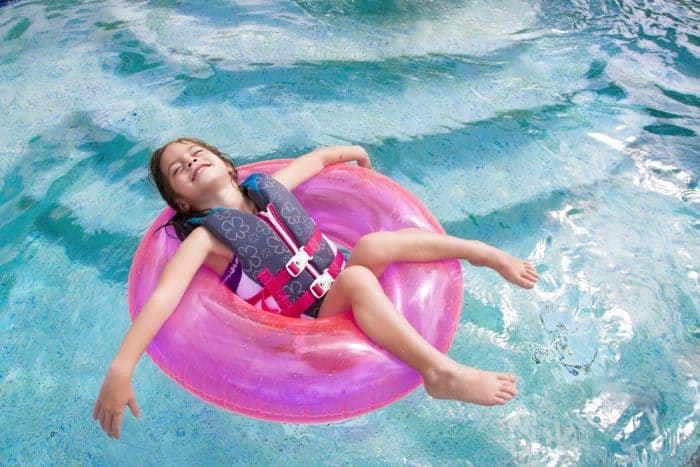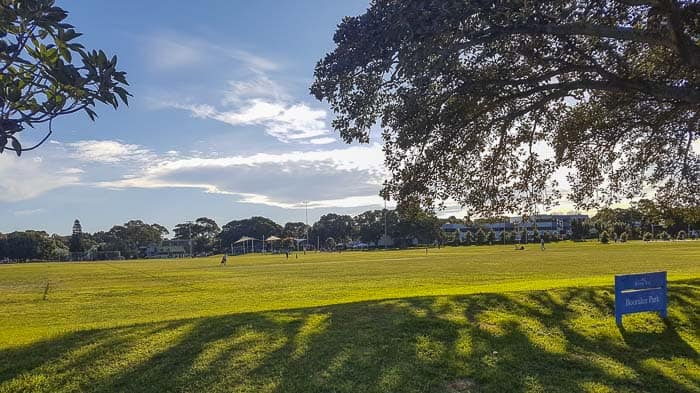
There are few things in life more satisfying than taking a dip in the pool on a warm and sunny day. Indeed, swimming pools can be a source of endless fun and recreation for families, but they can also pose risks, especially for young children. Unfortunately, over the last 25 years, a total of 965 children under the age of five have tragically died from drowning in Australia alone. As a responsible parent, it is crucial to prioritise pool safety to prevent accidents and ensure a safe environment for your children. Having a pool safety checklist in place can help parents ensure that their children can enjoy the water safely.
To get the ball rolling, we share some important items to include in a pool safety checklist for parents, so read on to find out more.
- Install Proper Pool Barriers
If you’ve ever wondered “do backyard pools need to be fenced?”, the answer is a resounding yes. When it comes to keeping your child safe, a secure pool fence or barrier is the first line of defence for parents. A pool fence is a crucial safety measure when you have kids because it serves as a physical barrier that helps prevent unauthorised access to the pool area, reducing the risk of accidental drowning or other pool-related accidents. As a general rule, parents should aim to erect a pool fence that is at least four feet high with a self-closing, self-latching gate that opens away from the pool. The fence should have no gaps or openings that a child could crawl through, and the latch should be positioned high enough to be out of a child’s reach.
- Ensure Round The Clock Supervision
Round the clock supervision during pool time is one of the most important things that parents can do to keep kids safe in and around the pool. It is imperative that you never leave your child unattended in or near the water, even for a split second. The unfortunate truth is that drowning and other pool-related incidents can happen quickly and silently, and even a momentary lapse in supervision can result in a tragic outcome. When supervising children, parents should aim to avoid distractions such as phone calls or social media because vigilant and undivided attention is crucial to ensuring their safety. By keeping a constant eye on children in and around the pool, parents can quickly identify and respond to any potential drowning hazards, preventing accidents before they occur
- Teach Swimming Skills
Another key component of keeping your child safe in the water is ensuring that you teach them proper swimming skills as early as possible. According to the Centers for Disease Control and Prevention (CDC), formal swimming lessons can reduce the risk of drowning in young children by 88%. Whenever possible, parents are advised to enrol children in swimming lessons with an accredited school or instructor from as early as the age of 4. However, with that said, it’s important to note that swimming lessons are not a substitute for supervision and other safety measures. Even if your child knows how to swim, they should still be supervised at all times while in or around the pool
- Educate Children About Pool Safety
In addition to swimming lessons, children should be educated about pool safety as early on as possible. It is important to teach children about the dangers of the pool and establish clear rules for pool safety. Teach them to never swim alone, to stay away from pool drains and filters, and to avoid running or rough play around the pool. Some other pool safety tips include always wearing sunscreen, no food or drinks in the pool, no diving and no pushing or dunking in the pool. By setting clear rules and boundaries from the get go, parents will be better equipped to reduce the chances of any accidents or incidents in and around the pool.
Learn 10 pool rules your child should know here.
- Be Cautious With Pool Toys
While pool toys can add fun and excitement to swimming activities for kids, it’s essential for parents to exercise caution when using pool toys. This is because some pool toys may pose safety hazards if not used properly — for example, inflatable pool toys such as rafts, floats, and water wings can deflate or tip over, potentially causing a child to fall into the water and increase the risk of drowning. Additionally, certain pool toys may give children a false sense of confidence in the water, leading them to venture into deeper water or attempt risky behaviours beyond their swimming abilities. It’s important to remember that pool toys are not a substitute for proper swimming skills or supervision, and parents should always monitor children when they are using toys or floatation devices.
In addition to supervision, parents should regularly maintain and inspect pool toys to ensure their safety and functionality. For example, inflatable pool toys should be properly inflated, free of leaks or damage, and checked for any recalls or safety warnings. If a pool toy shows signs of wear and tear or damage, it should be repaired or replaced promptly to prevent accidents or injuries.
- Learn CPR & First Aid
Knowing CPR and first aid can be lifesaving skills in case of an emergency such as drowning. Parents should consider taking a CPR and first aid course to learn how to respond appropriately to water-related emergencies and provide immediate care until professional help arrives. These essential life-savings skills should also be passed down to older children and teenagers to equip them with the knowledge and skills to respond effectively in emergency situations. Moreover, learning these skills will give them the confidence and ability to provide life-saving assistance to others, such as family members, friends, or strangers, in critical situations.
Explore the most affordable CPR First Aid training options here.
7. Check Pool Chemicals Regularly
Last but not least, parents are encouraged to check pool chemicals regularly. Chemicals such as chlorine are essential for maintaining water quality, but they can be harmful if not handled properly. Follow the manufacturer’s instructions for storing, handling, and using pool chemicals safely. Be sure to keep them out of children’s reach and ensure that they are stored in a secure and well-ventilated area. Regularly checking and maintaining the correct chemical levels ensures that the water is clean, safe, and free from harmful contaminants that could cause waterborne illnesses.
_______________
And there you have it — 7 important pool safety rules that all parents should know to keep their kids safe in the water. At the end of the day, having a comprehensive pool safety checklist is essential for parents to ensure that their children can enjoy the pool safely and without the worry of life-threatening accidents, injuries or incidents.
What are some of your personal pool safety rules that have proven to be useful with children over the years? Be sure to share your ideas and recommendations in the comments section below.




